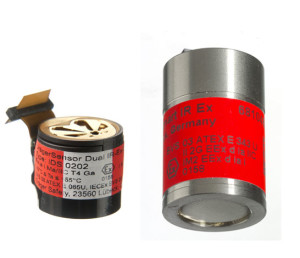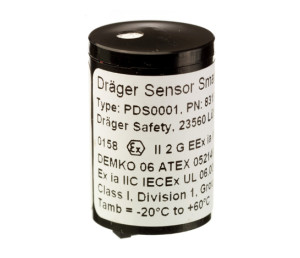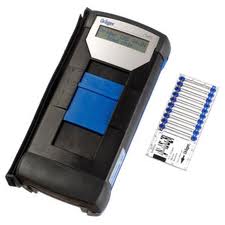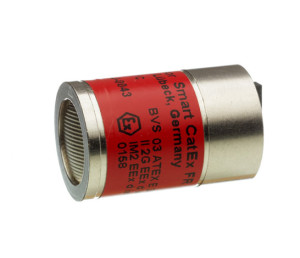Kerosene like diesel is another of those tricky substances to monitor; however, there are now suitable sensors available and the subject has recently become better understood.
Kerosene (Jet Fuel) is a fraction of petroleum from 150 ° C and 275 °C and therefore is a mixture of carbon chains that typically contain between six and 16 carbon atoms. The major constituents of Kerosene include n-dodecane (C12) alkyl benzenes, and naphthalene and its derivatives. The flashpoint of kerosene is between 37 and 65 °C so as you can see compositions can vary and hence the detection techniques need to be flexible and sensitive enough to cope with these variations. The aromatics like alkyl benzenes and naphthalene also give kerosene its toxicity along with the narcotic effects of the long chain hydrocarbons. Therefore these should be measured at concentration low enough to meet their workplace exposure limits. There are 3 common types of flammable sensor on the market:
- A pellistor
- Infra Red
- Photo Ionisation
Each sensor has its own strengths and weaknesses.
A pellistor (Cat Ex) is low cost, fairly universal, but easily poisoned, damaged and doesn’t work very well if at all for kerosene. (Hence your current issues). Some manufacturers will supply these for your applications, but we suggest great care if choosing these, as they will not detect the toxic elements, are likely to read with large errors and can be damaged by high concentrations of kerosene.
 Infra Red (IR) sensors are also fairly universal and not easily poisoned or damaged and have long warranties. These work fairly well for kerosene but are not necessarily sensitive enough to detect the toxic elements. Neither will they detect the heavier hydrocarbons such as old kerosene residues and diesel. Again some manufacturers will supply these for your applications, but we suggest you ensure they are set up and calibrated correctly prior to use. These sensors will not detect hydrogen or acetylene, so if it is possible that these are present, additional sensors will be required in the same unit.
Infra Red (IR) sensors are also fairly universal and not easily poisoned or damaged and have long warranties. These work fairly well for kerosene but are not necessarily sensitive enough to detect the toxic elements. Neither will they detect the heavier hydrocarbons such as old kerosene residues and diesel. Again some manufacturers will supply these for your applications, but we suggest you ensure they are set up and calibrated correctly prior to use. These sensors will not detect hydrogen or acetylene, so if it is possible that these are present, additional sensors will be required in the same unit.
 Photo Ionisation sensors (PID) are also fairly universal and not easily poisoned. These work extremely well for kerosene and are sensitive enough to detect the toxic elements well below the workplace exposure limits. These also detect the heavier hydrocarbons such as old kerosene residues and diesel. Most manufacturers will supply these for your applications, but you must ensure you have another flammable sensor such a pellistor installed within the unit as these do not detect methane, ethane, propane and some other smaller molecules.
Photo Ionisation sensors (PID) are also fairly universal and not easily poisoned. These work extremely well for kerosene and are sensitive enough to detect the toxic elements well below the workplace exposure limits. These also detect the heavier hydrocarbons such as old kerosene residues and diesel. Most manufacturers will supply these for your applications, but you must ensure you have another flammable sensor such a pellistor installed within the unit as these do not detect methane, ethane, propane and some other smaller molecules.
 Other alternative and low cost methods of testing including chemical staining tubes and chip measurement systems (CMS) are available.
Other alternative and low cost methods of testing including chemical staining tubes and chip measurement systems (CMS) are available.
